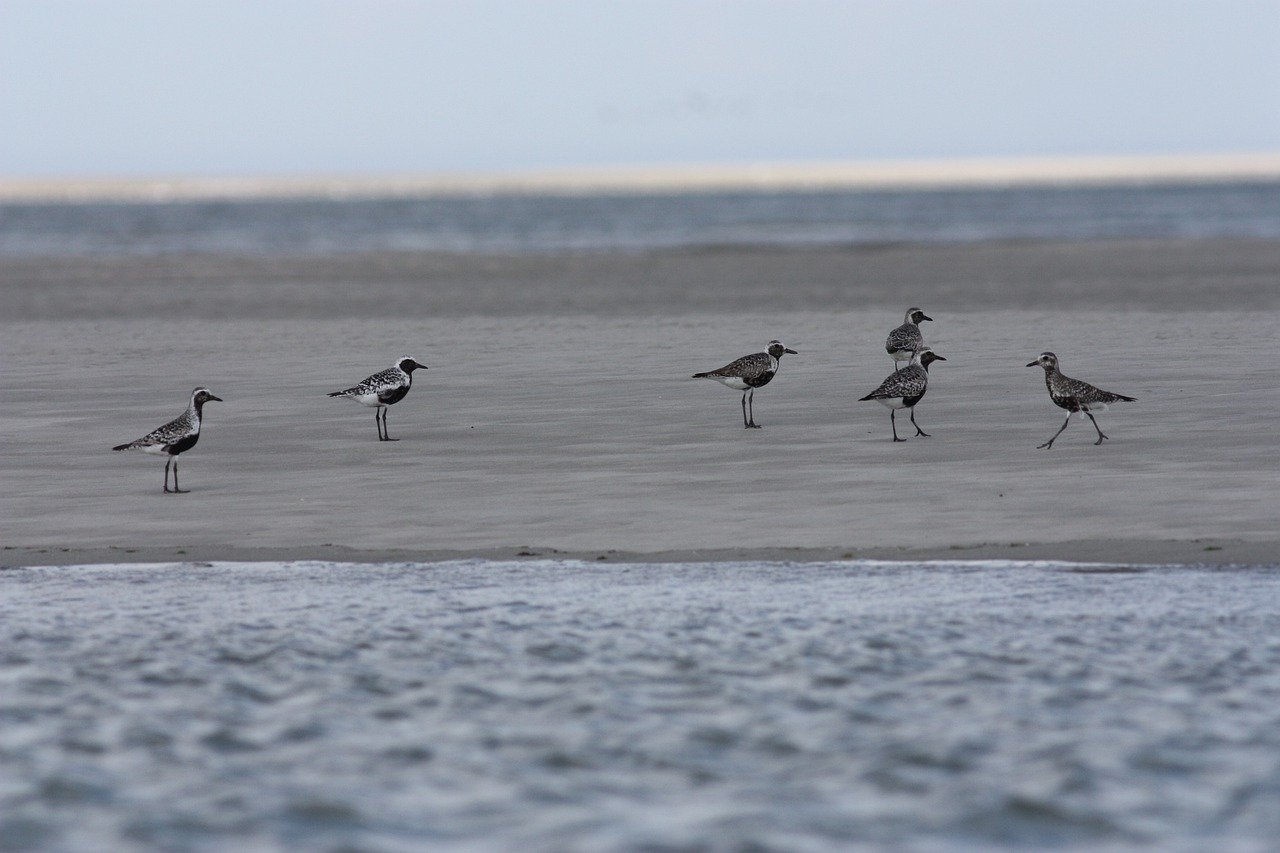Vårflyttningen hos kustpipare Pluvialis squatarola över Sverige
DOI:
https://doi.org/10.34080/os.v17.22680Nyckelord:
klimateffekter, rastplatser, vadare, tid för migrationAbstract
In 1976—1995, 74,650 Grey Plovers Pluvialis squatarola were recorded on spring passage, 87% in the southern third of Sweden, and 59% while in migratory flight. Few were observed before May. The passage peaked 24 May—2 June (83%). About one fourth of all birds were observed on a few occasions, when grounded by inclement weather, showing that only a tiny fraction stops over regularly. In northern Sweden, passage peaked earlier (18 May) than in the south (29 May), and these early birds were presumably destined for breeding or staging in the White Sea region. The peak dates in southern Sweden correlate well with arrival time in Siberia, indicating a non-stop flight to these breeding areas. Flocks counted up to several hundred birds in the south but at most 34 birds in the north. Migration patterns along the East Atlantic Flyway were similar with those of the East African/ West Asian and Mediterranian/Black Sea flyways. The spring passage of the Grey Plover conforms to the migration system of other tundra waders passing up through the western Palaearctic.
Nedladdningar

Downloads
Publicerad
Referera så här
Nummer
Sektion
Licens
Författaren/författarna innehar copyright för varje enskilt bidrag, men samtliga bidrag är publicerade under en Creative Commons-licens, så att vem som helst kan dela och återanvända bidraget förutsatt att copyright-innehavaren erkänns.







